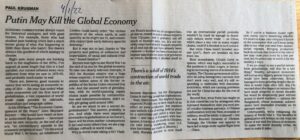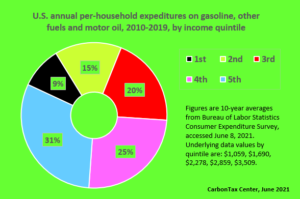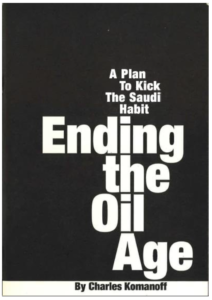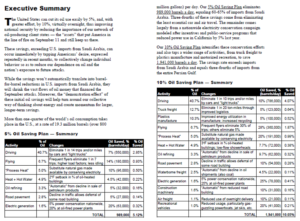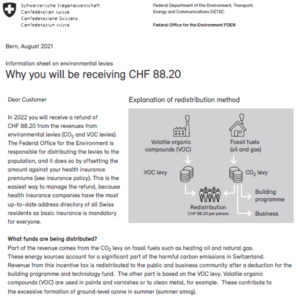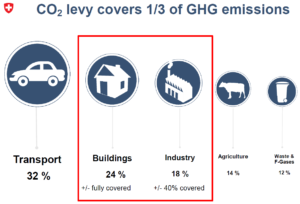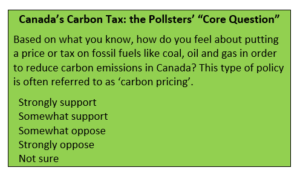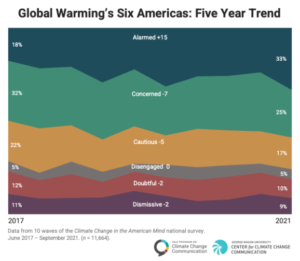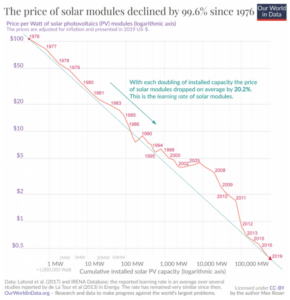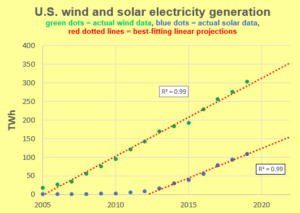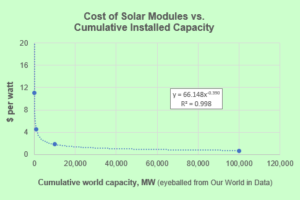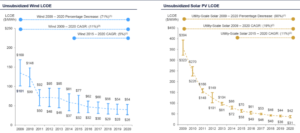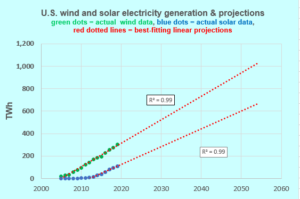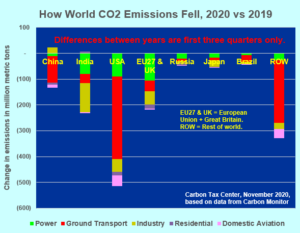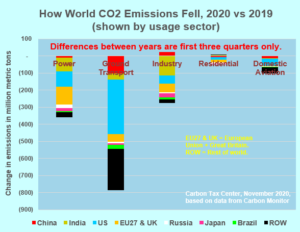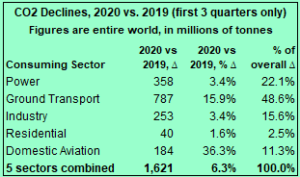Streetsblog USA today published my essay, Get the Facts About ‘Car Bloat’ and Pollution. I’ve cross-posted it here to allow comments.
— C.K., Feb. 1, 2024
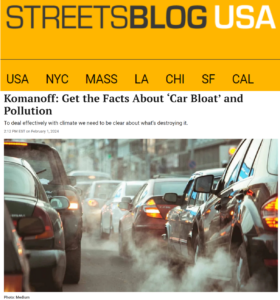
The increasing size of passenger vehicles has been catastrophic for road safety, traffic congestion, climate viability, and household budgets. Compared to sedans, brawnier sport utility vehicles and pickup trucks are far more likely to kill other road users, to clog urban streets and suburban roads, to guzzle fuel and emit particulates and carbon, and to keep their owners on a treadmill of car payments and pain at the pump.
Not only that, SUVs and pickups — collectively designated “light trucks” by regulators (“deregulators” is more apt) — may even engender more driving by owners seduced by their roominess, faux road-worthiness and illusion of indomitability. All 12 of the dozen models most preferred by gasoline “superusers” — drivers in the top decile of U.S. gasoline consumption — are SUVs or pickups, with the Chevy Silverado and Ford F150 topping the list.
As I wrote earlier this week, superusers manage the bizarre feat of averaging 40,000 miles a year* — a quantity of driving that consumes 13 percent of their owners’ waking hours — while burning 22 percent more fuel per mile than other U.S. drivers’ rides. Ivan Illich was right.
Just after Thanksgiving, The Guardian added its two cents with a story headlined, “Motor emissions could have fallen over 30 percent without SUV trends, report says.” Translated: Global CO2 emissions from passenger vehicles would have shrunk by nearly one-third if not for vehicle upsizing to SUVs and pickups.
Startling and damning, right? But it’s a vast overstatement: The true 2010-2022 “lost reduction” in passenger vehicles’ carbon emissions due to the growing share of big trucks worldwide was just 6 percent — five times less than the reported 30 percent.
Wait, am I cutting SUVs a break on their carbon spewing? Not at all. To deal effectively with climate we need to be clear about what’s destroying it.
The false 30-percent figure — which you’ll soon see wasn’t the fault of the Guardian — has begun worming its way into energy and climate discourse. This is unfortunate, since it serves to reinforce emphasis on the types of vehicles being made, sold and driven, when American motorists’ carbon profligacy is the inevitable result of our oversupply of pavement and our bias against full-cost pricing of driving.
Whence the error?
The Global Fuel Economy Initiative is a think tank funded by the European Commission, the Global Environment Facility, the UN Environment Programme and the FIA Foundation. Notwithstanding the fact that FIA is the “philanthropic arm” of the Fédération Internationale de l’Automobile (aka Formula One auto racing), GFEI produces high-caliber analysis and research.
GFEI’s November 2023 report, “Trends in the Global Vehicle Fleet 2023: Managing the SUV Shift and the EV Transition,” meticulously examined passenger-vehicle fuel consumption over the 12-year period, 2010 to 2022, and found that average fuel use (and, hence, per-mile carbon emissions) dropped by an average rate of 1.5 percent per year.
If not for more and heavier SUVs, the average annual decrease in emissions, according to the report, would have been around 1.95 percent, a rate that is 30 percent greater than the actual decline rate.
A 1.5-percent annual decrease in fuel intake per mile calculates to a total 16.6-percent total drop during the period. (See math box at the bottom of this post for the arithmetic.) Had the annual decrease been 1.95 percent, its 12-year drop would have been 21.5 percent. The gap between those two drops means that bigger car size worsened fuel economy 6 percent more than if car size had remained the same.
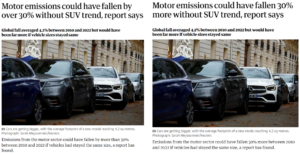
The Guardian, before (left) and after I got out my calculator. There’s a difference, but it’s not sharp enough.
Accordingly, the headline in the story should have been, “Motor Emissions Could Have Fallen 6 Percent More Without SUVs, Report Says,” but that’s not exactly eyeball-grabbing. Don’t blame Guardian reporter Helena Horton, however. She wrote her story off of GFEI’s press release, which (incorrectly) trumpeted a lost 30-percent gain in fuel economy due to “the SUV trend.”
After being contacted by me, GFEI’s study director immediately acknowledged his comms team’s error and labored mightily to get The Guardian to run a full correction. As you can tell from the side-by-side story headlines above, he was only partly successful.
The image on the left shows the original Nov. 24 Guardian headline and lede, retrieved via the Web’s Wayback Machine. The image on the right shows the corrected headline and lede since Dec. 18. The alterations are subtle nearly to the point of invisibility. The new “30 percent more” is confusing (30 percent more than what?), and the subhead is unaltered and thus plain wrong to say that the fall in emissions “would have been far more” than it was, had vehicle sizes stayed the same. No, the fall in emissions would have been 6 percent more — not exactly “far more.”
Why it’s important to correct the error
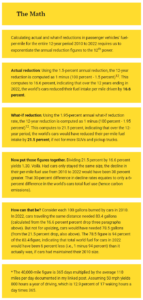
The Guardian’s erroneous “30-percent-less” headline, though not its fault, has the makings of a honey trap. New York Times climate columnist David Wallace-Wells fell for it on Twitter, along with esteemed climate pundit David Roberts. The Colorado-based climate think tank RMI got ensnared as well, as did our own Kea Wilson at Streetsblog USA. (RMI and Streetsblog quickly corrected their flubs after I emailed.) Consider this post an antidote to future repetitions, or, at least, a means to correct them.
It’s also worth touching on the innumeracy required to imagine that auto upsizing — “car bloat” in the evocative phrase popularized by journalist David Zipper — as loathsome as it is, stood in the way of a 30-percent gain in world-average auto fuel economy. The typical difference between sedan and “light truck” mpg is only around 20 percent (though greater in the U.S., with our supersized SUVs and pickups), so even a complete global switchover from sedans to light trucks would have put only a 20-percent dent in fuel economy.
Of course, the actual carbon damage due to vehicle SUV-ification over the 12 years studied has been far less — just 6 percent as we saw above — on account of longer vehicle turnover times. This should have been readily apparent to The Guardian reporter as well as the journalists and advocates who repeated the error on social media or websites. Errant quantification is hardly journalism’s number one albatross — free-falling revenues and shrinking newsrooms are orders of magnitude more consequential — but it lurks under the surface.
With greater numeracy, it might be easier for journalists, advocates and policymakers to grasp that vehicle electrification and shrinkage alone aren’t going to cut auto emissions at the rate needed.
Driving too must shrink. Collectively, road pricing, congestion pricing, curb pricing, carbon pricing, better transit and livable streets are almost certainly at least as important for climate as improved miles per gallon.


 Suppose carbon emissions were taxed in every country. Would that entail colonizing of poor nations by the rich? It could, but only if the carbon-tax wealth — the revenue generated by the tax on carbon emissions — was siphoned off by the rich countries.
Suppose carbon emissions were taxed in every country. Would that entail colonizing of poor nations by the rich? It could, but only if the carbon-tax wealth — the revenue generated by the tax on carbon emissions — was siphoned off by the rich countries.
 They had to move quickly before military police, tasked with securing the airport, saw what was happening. The rebels targeted 13 private jets parked or preparing for takeoff, at least two belonging to NetJets, the Berkshire Hathaway subsidiary that bills itself as the world’s largest jet company and sells fractional ownership shares in private business jets.
They had to move quickly before military police, tasked with securing the airport, saw what was happening. The rebels targeted 13 private jets parked or preparing for takeoff, at least two belonging to NetJets, the Berkshire Hathaway subsidiary that bills itself as the world’s largest jet company and sells fractional ownership shares in private business jets. The justification is unarguable. Large personal fortunes feed carbon consumption and make a mockery of programs to curb it. As well, the surplus wealth of the superrich is probably the lone source of capital that can finance the worldwide uptake of greener energy and also pay for adaptation where it’s most critical.
The justification is unarguable. Large personal fortunes feed carbon consumption and make a mockery of programs to curb it. As well, the surplus wealth of the superrich is probably the lone source of capital that can finance the worldwide uptake of greener energy and also pay for adaptation where it’s most critical. “What the Schiphol people needed to do is destroy the airplanes on the tarmac and then destroy the airplane manufacturers,” said an ecosaboteur named Stephen McRae, an acquaintance of one of the authors, who recently completed a six-year prison sentence for industrial sabotage. Although he no longer participates in such criminal acts of destruction, he has a point. The planes grounded on November 5 are already back in the air. That doesn’t diminish the value of what the Schiphol rebels did, however. Actions that disrupt carbon comfort without violence or hardship are morale-building, the material from which more actions and eventually mass movements are made.
“What the Schiphol people needed to do is destroy the airplanes on the tarmac and then destroy the airplane manufacturers,” said an ecosaboteur named Stephen McRae, an acquaintance of one of the authors, who recently completed a six-year prison sentence for industrial sabotage. Although he no longer participates in such criminal acts of destruction, he has a point. The planes grounded on November 5 are already back in the air. That doesn’t diminish the value of what the Schiphol rebels did, however. Actions that disrupt carbon comfort without violence or hardship are morale-building, the material from which more actions and eventually mass movements are made.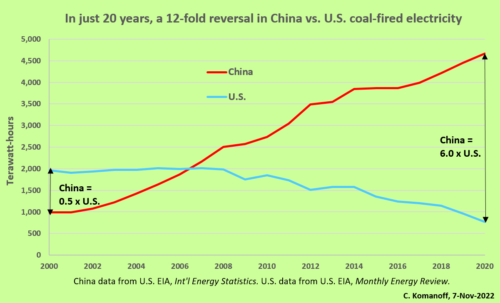
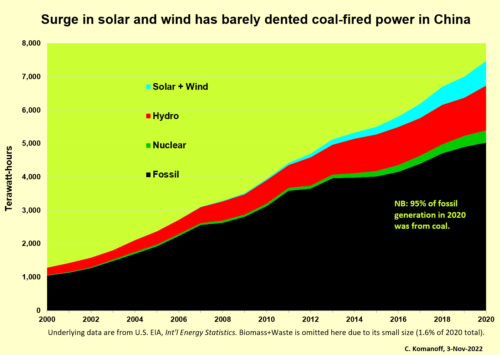
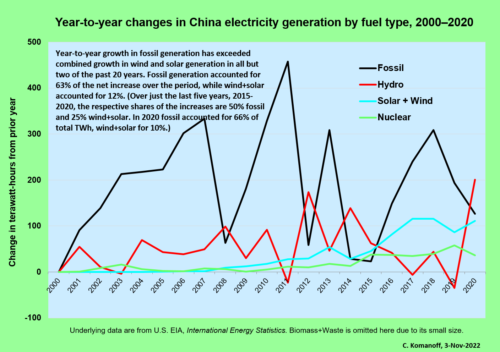 Those two years coincided with a flowering of climate optimism, with the U.S. and China reaching a bilateral agreement to curb emissions — ostensibly dissolving the “alliance of denial” by which both countries used each other’s inaction as a pretext to forego action on climate — and setting the stage for the 2015 Paris climate accord. Beginning in 2016, however, China’s fossil-fuel electricity generation (again, overwhelmingly coal-fired) recovered most of its prior increase pace. Year-to-year growth in fossil output has averaged 200 annual terawatt-hours since then.
Those two years coincided with a flowering of climate optimism, with the U.S. and China reaching a bilateral agreement to curb emissions — ostensibly dissolving the “alliance of denial” by which both countries used each other’s inaction as a pretext to forego action on climate — and setting the stage for the 2015 Paris climate accord. Beginning in 2016, however, China’s fossil-fuel electricity generation (again, overwhelmingly coal-fired) recovered most of its prior increase pace. Year-to-year growth in fossil output has averaged 200 annual terawatt-hours since then.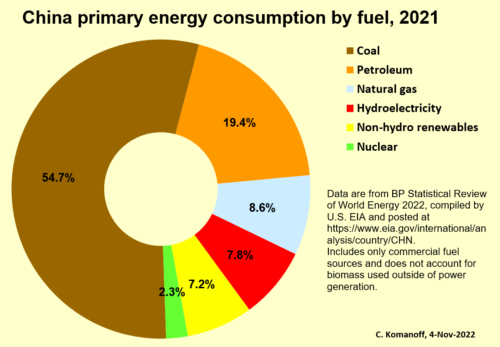 But in China, no single energy application rivals the burning of coal to produce electricity. It accounts for around one-third of the country’s primary energy consumption — a figure we computed by multiplying coal’s 55 percent share of 2021 China primary energy (see donut chart) and electricity’s estimated 60 percent share of the country’s total coal consumption (per the U.S. Energy Information Administration’s
But in China, no single energy application rivals the burning of coal to produce electricity. It accounts for around one-third of the country’s primary energy consumption — a figure we computed by multiplying coal’s 55 percent share of 2021 China primary energy (see donut chart) and electricity’s estimated 60 percent share of the country’s total coal consumption (per the U.S. Energy Information Administration’s  No federal legislation with a price on carbon has advanced to a floor vote since the “Waxman-Markey”
No federal legislation with a price on carbon has advanced to a floor vote since the “Waxman-Markey” 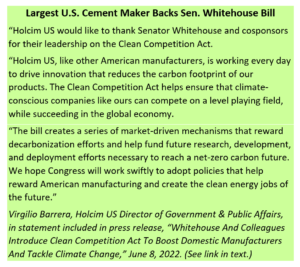 Whitehouse sees his bill as a way to use U.S. trade policy to drive climate action. He also views its potential to boost U.S. industrial competitiveness as a way to attract bipartisan support. Holcim U.S., whose parent company, Lafarge Holcim, is America’s largest cement manufacturer,
Whitehouse sees his bill as a way to use U.S. trade policy to drive climate action. He also views its potential to boost U.S. industrial competitiveness as a way to attract bipartisan support. Holcim U.S., whose parent company, Lafarge Holcim, is America’s largest cement manufacturer, 
